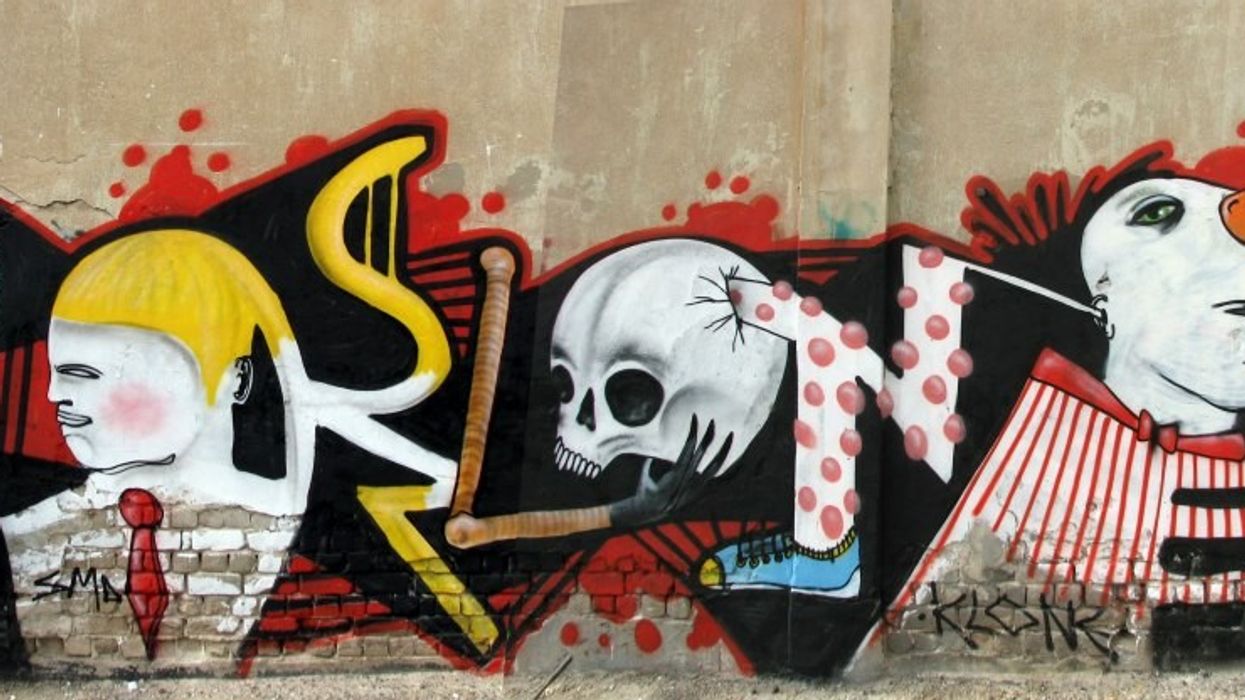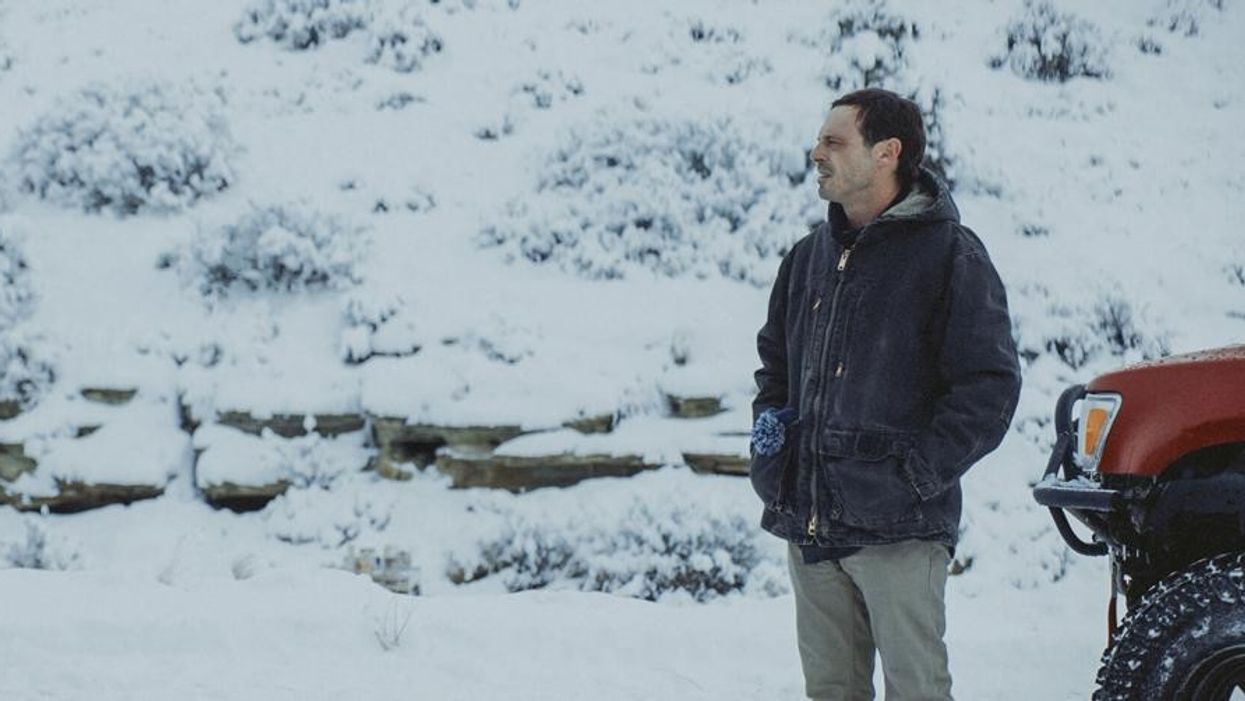Shooting a Feature Doc Guerrilla-Style with Consumer Gear: Jon Reiss on Graffiti Doc 'Bomb It 2'

To what lengths would you go to get the shot you want? This question is one I'm sure we are all regularly asking ourselves, and I speculate it was one that independent filmmaker Jon Reiss asked himself often while making his guerrilla-style documentaries about indigenous street art from around the world. In his latest film, Bomb It 2, which is currently on Kickstarter, Reiss traveled all across the globe with consumer gear, capturing the work and process of a wide variety of graffiti artists from places like Bangkok, Tel Aviv, and Copenhagen (just to name a few.) Reiss shared with us what it's like to be a guerrilla filmmaker -- globetrotting alone with little equipment, getting into sticky situations, but ending up with a film to be proud of.
Because of its very nature, guerrilla filmmaking requires a lot from its practitioners. The lack of money, crew, and gear sometimes means putting yourself in compromising situations, depending of course on your subject matter. (I mean, you probably won't find yourself in the throat of an angry volcano mid-Vesuvian eruption, but you probably won't be in the grand foyer of the Ritz Carlton either.) You can't be afraid to get your hands dirty or sacrifice your body for the sake of the shot.
Reiss knows this all too well. He shared with us this story about shooting in Thailand for Bomb It 2 and getting attacked by a swarm of fire ants. Luckily it was all caught on video!
So I've done a fair amount of crazy things filming Bomb It and Bomb It 2 -- climbing into rail and subway yards, into sewers in Sao Paolo and Hong Kong, following a crew breaking into a building in Berlin with the CBK crew, only to lie on the roof for 3 hours because they thought the cops were watching (too much pregame weed I'd say) -- etc. But somehow my legs swarming with red fire ants -- biting incessantly -- stands out among the top thrills. Perhaps because one of the graffiti writers I was with filmed my idiotic clumsiness in coping with the situation. However, the view of Bangkok from this abandoned construction site was worth it!
For Bomb It 2, which is a follow-up to his film Bomb It, Reiss went to Singapore, Bangkok, Jakarta, Hong Kong, Tel Aviv, Perth, Melbourne, Copenhagen, Chicago, Austin, and the Palestinian refugee camps on the West Bank. He followed the likes of Klone, Know Hope, Great Bates, Twoone, Darbotz, and a host of other talented and innovative artists and writers as they showed him their process. To get an idea of what Reiss captured during his travels, take a look at the video for Bomb It 2 below:
He spent little time in each location documenting a handful of different graffiti artists who were always on the move. Reiss describes the challenges of having such a schedule:
I was travelling alone, doing sound, camera, directing and I also only travel with carry-ons since there are so many flights. In addition, since I was travelling alone and I had very little time in each city, I would shoot from landing until late at night, then repeat.
Reiss also opted for using consumer/prosumer gear. I know many of us shudder every time we hear "miniDV tapes", but just because a piece of equipment is top-of-the-line doesn't mean that it's necessarily right for your project. The right gear for the right project. Reiss makes an excellent case for deciding to shoot on something that doesn't have all of the bells and whistles of a professional grade camera.
I didn't want to have to stay up transferring and backing up digital files. So, I shot on HDV using a Canon Vixia HV40, which is small and shoots on DV tape. Then a $20 monopod, my trusty tram microphone with 2 6ft xlr cables and one LED on-camera light. The other reason I shot with a prosumer camera was depth of field. When shooting and doing sound and directing, I can't deal with the shallow depth of field of a DSLR.
Bomb It 2 is nearing the end of its Kickstarter campaign having already reached its $15,000 goal. If you want to know more about his project or are interested in supporting it (some of the perks include original prints, signed and numbered by some of the graffiti artists from the film,) check out his campaign.
Thanks to Jon Reiss for taking the time to share your stories with us.
What do you think? What are some guerrilla filmmaking survival tips that you think new filmmakers should know? Share your stories in the comments below.
Links:











